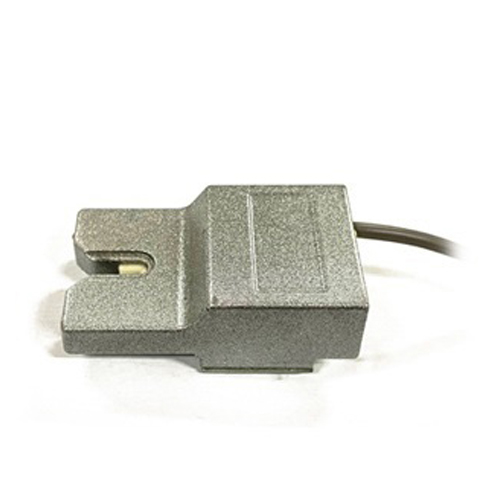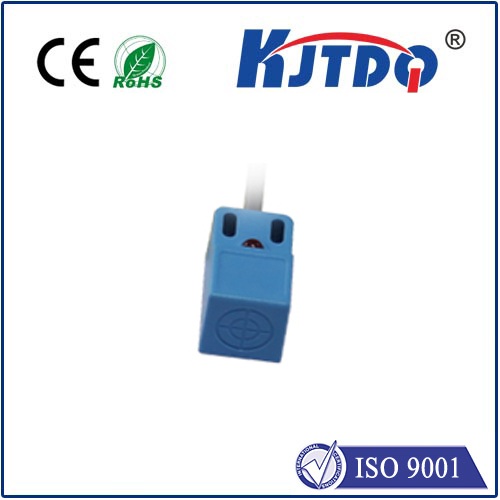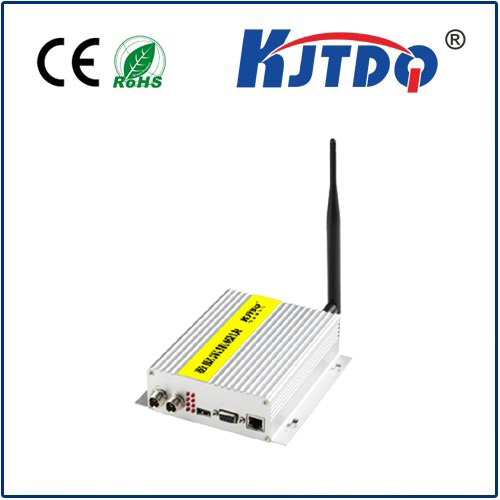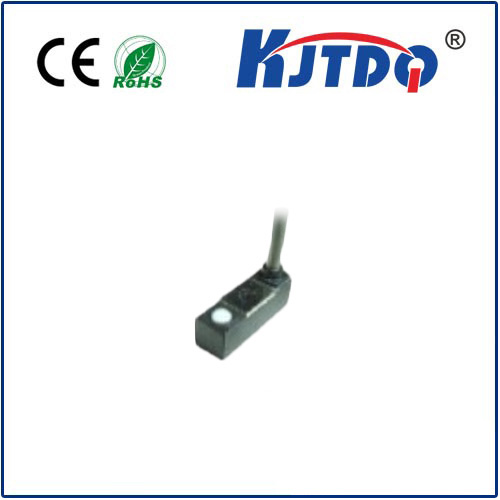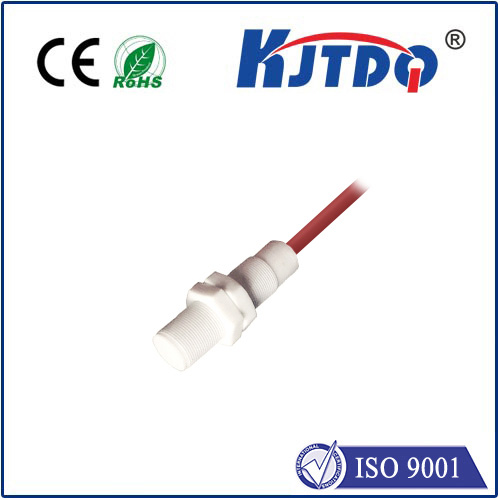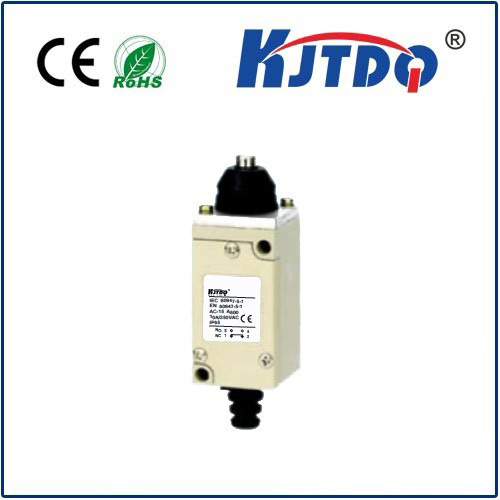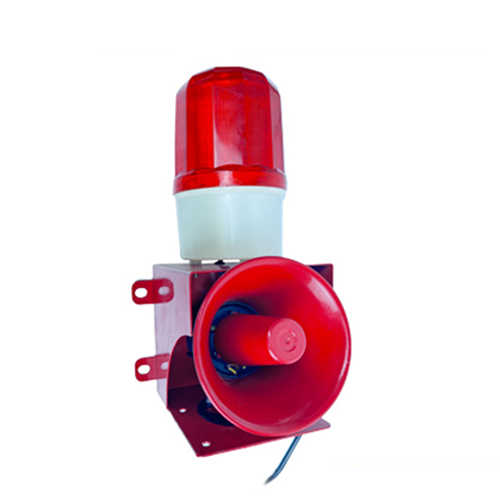Imagine your coffee maker springing to life the moment you enter the kitchen in the morning, lights softly illuminating your path as you walk down a hallway at night, or an exhibit display activating with information only when a visitor approaches. This seamless interaction between physical space and digital response is the magic of proximity sensing, and building your own system is surprisingly accessible with a Raspberry Pi proximity sensor project. The Raspberry Pi, a champion of accessible computing, transforms complex sensing technology into a DIY adventure, empowering makers, educators, and tech enthusiasts to create intuitive interactions without breaking the bank.
Understanding the Proximity Principle
At its core, a proximity detector simply identifies the presence (or absence) of an object within a designated range without physical contact. Unlike touch sensors, they work at a distance, making them ideal for non-intrusive automation and interaction. Common technologies used in Raspberry Pi sensor projects include:

Sensor Type Comparison Table
| Особенности | Infrared (IR) | Ultrasonic (HC-SR04) |
|---|---|---|
| Detection Type | Binary/Approximate | Precise Distance |
| Typical Range | Up to ~30cm | 2cm - 400cm |
| Affected By | Light, Object Reflectivity | Sound Absorption, Angle |
| Complexity | Low | Medium |
| Cost | Very Low | Low |
| Экспорт | Digital/Simple Analog | Digital Pulse |
| Best For | Simple Presence Detection | Measuring Exact Distance |
Why Choose a Raspberry Pi?
The Raspberry Pi is the perfect brain for your proximity sensor detector. Its versatility, GPIO (General Purpose Input/Output) pins, and computational power offer significant advantages over simpler microcontrollers:
RPi.GPIO, gpiozero) making sensor interaction straightforward.Building Your Raspberry Pi Proximity Sensor: Core Components
The beauty of a DIY proximity detector with Pi lies in its simplicity. Here’s what you typically need:
Implementing an Ultrasonic Example (HC-SR04)
Let’s outline setting up a basic HC-SR04 ultrasonic датчик приближения with a Raspberry Pi using Python.
VCC to Raspberry Pi 5V pin.GND to Raspberry Pi GND.Trig (Trigger) to a chosen GPIO pin (e.g., GPIO 23).Echo to another chosen GPIO pin (e.g., GPIO 24). A voltage divider (resistors) might be recommended for safety, as the Echo pin outputs 5V and Raspberry Pi GPIOs are 3.3V tolerant. Many modules now have 3.3V-compatible logic.RPi.GPIO or gpiozero library installed)import RPi.GPIO as GPIO
import time
# Set GPIO mode (BCM numbering)
GPIO.setmode(GPIO.BCM)
# Define pins
TRIG = 23
ECHO = 24
# Setup TRIG as Output, ECHO as Input
GPIO.setup(TRIG, GPIO.OUT)
GPIO.setup(ECHO, GPIO.IN)
try:
while True:
# Ensure trigger is low initially
GPIO.output(TRIG, False)
time.sleep(0.5) # Short settle time
# Send 10us high pulse to trigger
GPIO.output(TRIG, True)
time.sleep(0.00001) # 10 microseconds
GPIO.output(TRIG, False)
# Measure time echo pin is high (pulse length)
pulse_start = time.time()
while GPIO.input(ECHO) == 0:
pulse_start = time.time() # Capture start time
pulse_end = time.time()
while GPIO.input(ECHO) == 1:
pulse_end = time.time() # Capture end time
pulse_duration = pulse_end - pulse_start
# Speed of sound ~343m/s. Convert to cm. Distance = time * speed / 2 (echo trip)
distance = pulse_duration * 17150 # 34300 cm/s / 2 = 17150 cm/s
distance = round(distance, 2)
print(f"Distance: {distance} cm")
time.sleep(1) # Reading interval
except KeyboardInterrupt:
print("Measurement stopped by user")
GPIO.cleanup() # Clean up GPIO on exit
proximity_sensor.py) and run it (python3 proximity_sensor.py). Wave your hand in front of the sensor module and observe the distance readings in the terminal. This